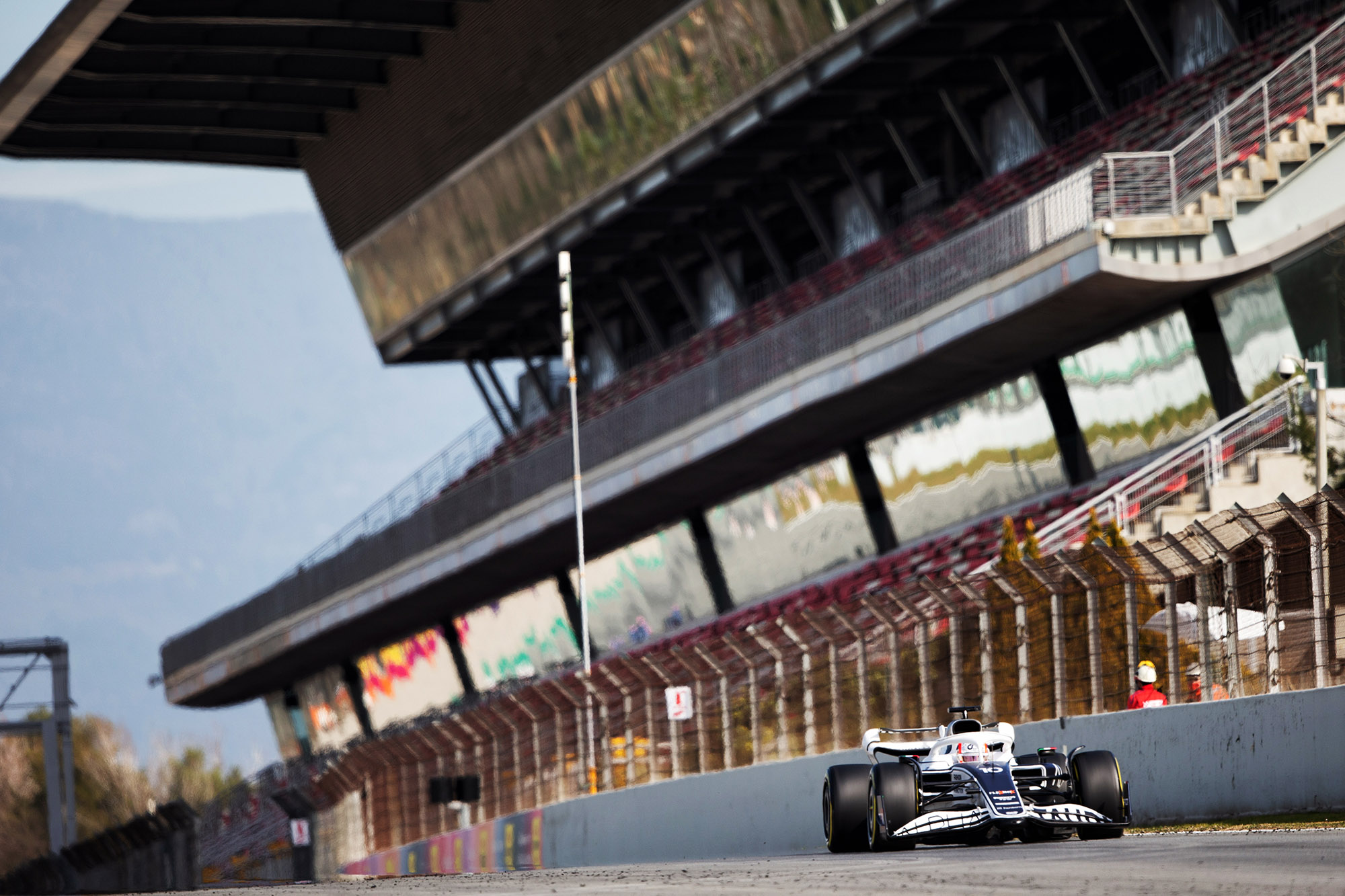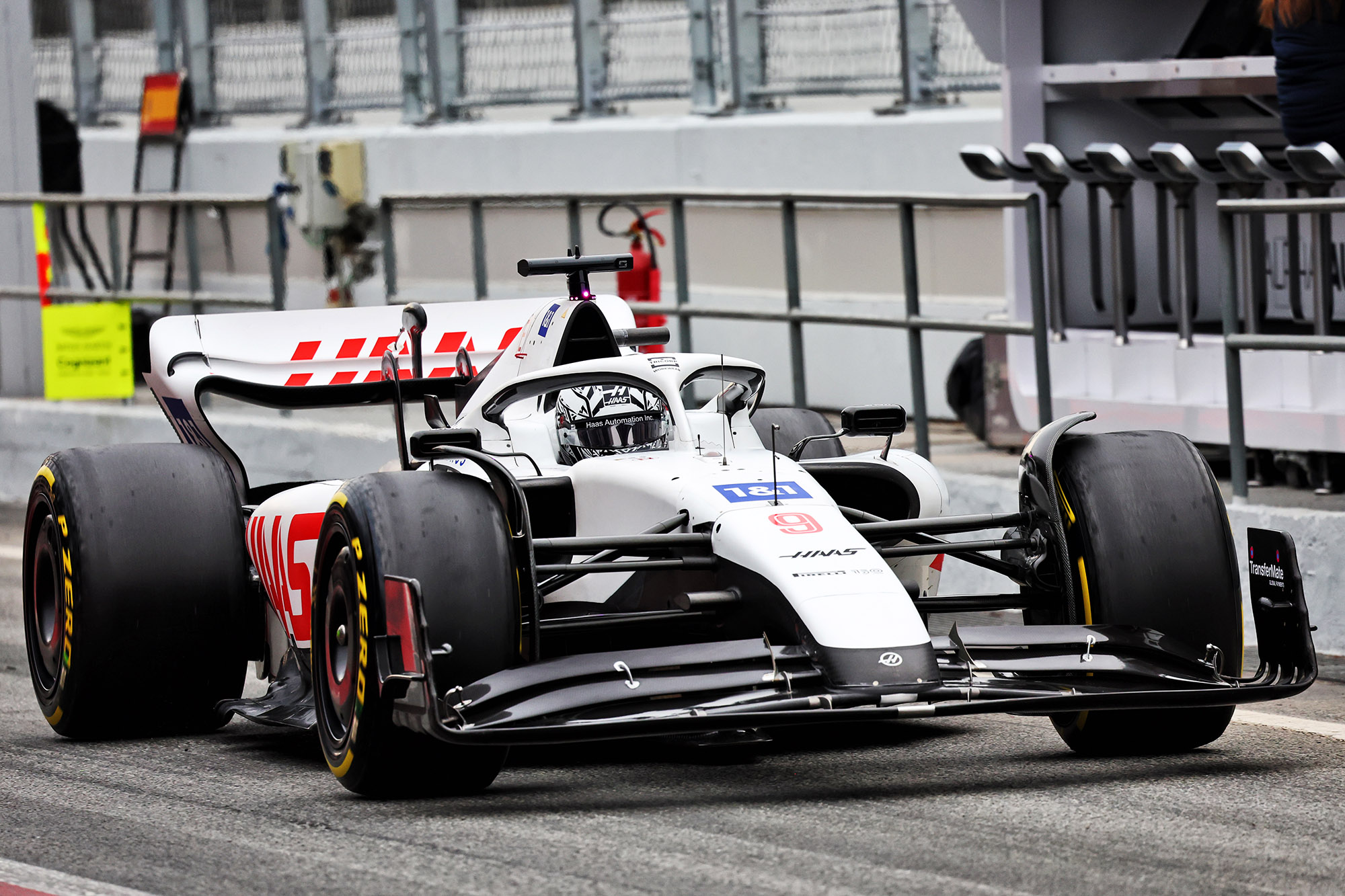Up Next

Porpoising was the big talking point of the first pre-season Formula 1 test at Barcelona, with many teams admitting to being surprised at the extent of the problem despite it being a well-understood phenomenon.
So with F1 teams using vast arrays of simulation technologies, how could a problem the risks of which are so well known not be detected before the cars ran on track for the first time?
The answer is simple. Simulation tools are just that – simulations. They are not the real world and have limitations despite being developed and refined over a long period of time.
One of the most effective simulation tool available to the teams remains the windtunnel. However, simulating the behaviour of the car and the underfloor aero in the windtunnel at extremely low ride heights is outside of its parameters.
Why? Simply because by running low you will damage the rolling road belt, your windtunnel model and potentially even far more if something goes badly wrong.

“The way the floor’s working, especially at lower ride heights in the windtunnel, makes it a difficult area to explore because Red Bull wouldn’t enjoy us putting stripes in their belt,” explained AlphaTauri technical director Jody Egginton.
“You rely on CFD for correlation. This is our first big [track] correlation opportunity, so we’re learning about how that floor’s working at very low ride heights.
“It behaves differently on track to the windtunnel. That’s just a simple function of ground effect.”
That does leave CFD, which as Egginton said teams have used. However, when simulating the airflow in close proximity to the ground the mathematical complexity is vastly increased and the accuracy reduces.
This means that not only can teams not cross-reference CFD and windtunnel data as they would normally do, but even the CFD data for exploring the porpoising problem is limited.
Therefore, all teams had to wait until they ran in the real world to understand the extent of the problem.
“The dynamics in the windtunnel are fairly slow, so there are a lot of things you can only learn on track,” Haas technical director Simone Resta told The Race.
“On simulations, you can reproduce phenomena and play with models, but on the track is the only thing that matters.”

This means that for all 10 teams, real-world on track running is essential for understanding if they have a problem. And it seems that some were surprised by just how powerful the ground effect was when at high speed and very low ride heights.
While recognising the problem of the cars “bouncing”, as some have described it, is straightforward once on track, solving it is more difficult.
While many said they had it under control at Barcelona, that was about managing it through means such as raising the ride height, making cuts in the floor to manage the low pressure beneath the underfloor or using the DRS to reduce load.
But these measures are about containment as they mean a performance compromise and running the car in a way it was not designed to. This means that a definitive solution must be found for those worst-affected that both mitigates the porpoising and ensures the car is not giving away significant performance.
While the teams now have plenty of real world data, the fixes must be refined using the same limited simulation tools – albeit ones that will have been improved thanks to what has been learned in testing.
That’s why a problem that F1 first encountered 40 years ago became one of the big topics of the first pre-season testing.




